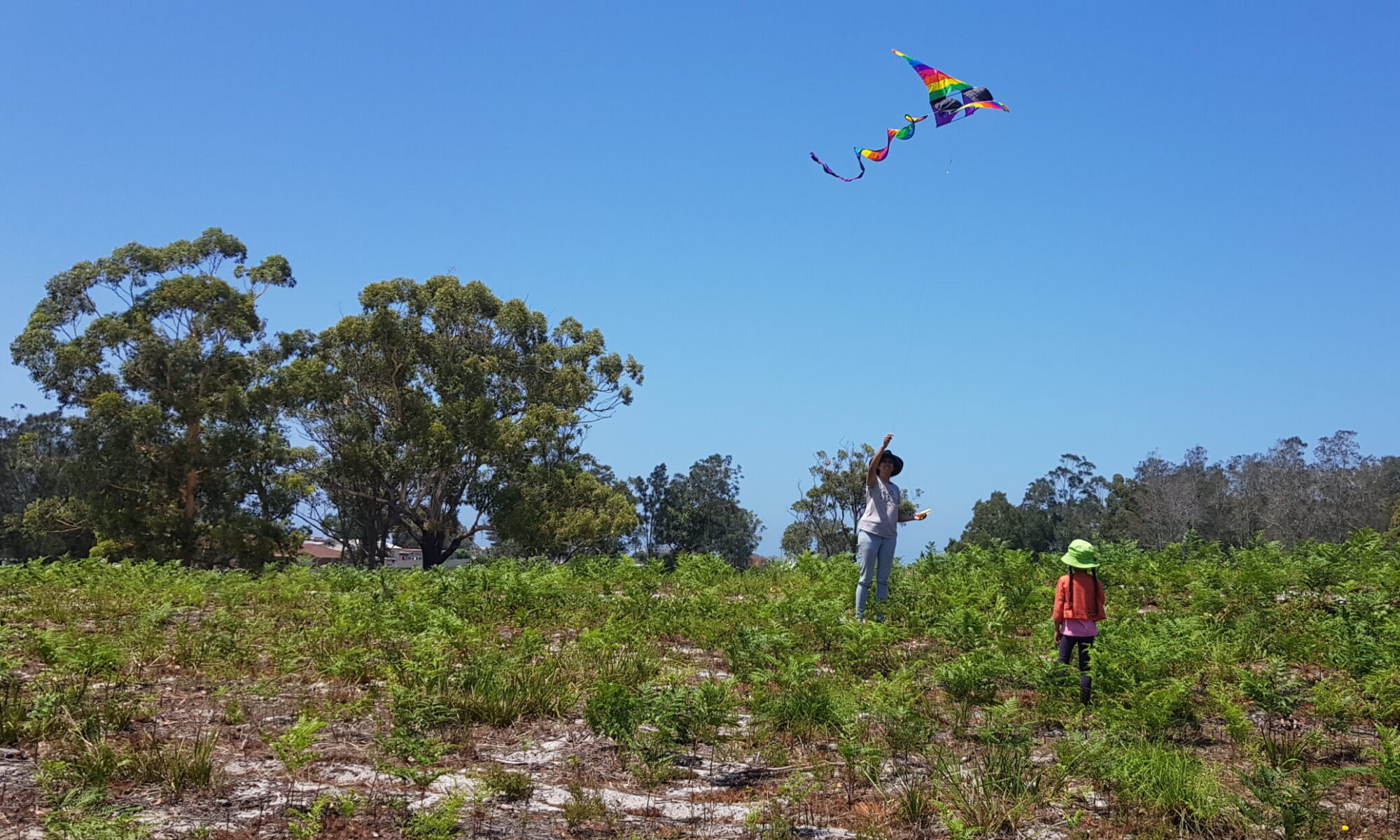Training and tour of Permaculture operations, including nursery grow out infrastructure, plants, aquaculture, livestock interactions.
General notes taken below, may be incomplete and need to be expanded.
Grow setup
Seed and solar shed
Keeps seeds out of light, protected from pests,
Solar and battery bank is needed to power:
- mister switches,
- solenoids.
- water pump for misters,
- Temperature sensors
- Rain sensors
- Ventilation controls for temperature mgt
Nursery Polytunnel
Protects against sun, dehydration, pests and nurtures delicate sapling growth.
- Water mister is a device switch that controls the solenoid.
- Temperature controlled.
- Netted boxes to protect seedlings from mice.
- seedling soil is from sifted compost and sharp sand mix.
- Covered floor to avoid weed growth. Cardboard, landscape fabric, plastic roll, gravel or pavers for thermal mass.
Shade House
Just shade cloth enclosure, protects from excess sun, evaporation and pests.
- Water mister
Grow out area
Gardening area for strong survivors, before planting. Pest (kangaroo) proof.
- Water irrigation by timer but smart sensor to avoid rains. Sprinkler.
- Open air, semi shaded.
- Covered floor to avoid weed growth. Cardboard, landscape fabric, plastic roll, gravel.
Aquaculture
Example of a 2.2m deep dam with a flat bottom, about 20m X 20m, holding 800m³ water. Once settled after a couple of years, fish can be introduced, offering 800kg of fish, without any additional oxygenation, given 1kg of fish per 1m³ water.
Rocket stove water heating. Could be fed to sand battery.
Grey water
Reed bed system. Well Explained on Lismore shire council. 2 pit system example caters for 12 showers and a commercial kitchen.
Plants
In the Tropics, plant some desert species as insurance, given climate change desertification.
“STUN” Plant 50 saplings per year. To kill off poor performance plants as mulch.
Legumes convert atmospheric nitrogen to plant soluble form. For Pollard chop n drop. Legumes can exude nitrogen for upto 5 yrs after cutting. Stun overplanting legumes, then pollarded to feed it’s discarded nitrogen rich roots and foilage to soil/fungi. Highest nitrogen content is in:
- Seed
- Pod
- Leaf
- Fine twigs
- Wood
Legume layers:
Ground cover, climbers, shrubs, trees. Should be stacked BOTH by TIME TERM and LAYER.
- Short term: 6mths then gone. Pigeon pea,
- Medium term: Singapore Daisy ground cover
- Long term: pinto peanut groundcover.
Tulsi basil:
Comfrey:
Luceana:
Singapore Daisy: recommend perennial ground cover
Bunya Pine: highly recommend long term tree, with very nutritious whole nut. Main future food supply.
Jack fruit: largest fruit in the world, long term tree. Lives 800yrs!. Boil the sead to eat. Eat green as a vegetable. Eat the fruit. Produces 500kg/year. Excellent wood. Boreen Point Australia has oldest Jackfruit in Australia.
Pecan Tree:
Mango Tree:
Bamboos: only ever ½m deep roots but very strong hair net system. Are chocolate to cows.
Bananas on swales
Brazil cherries
Moringa: legume.
Ice cream bean: legume. Seed must be planted fresh. Good to pollard to harvest green mulch yearly as well has obtain edible seed pulp.
Dam friendly plants, without a tap root.
- Bamboo: excellent structural and land clearing.
- Willow. Some species for making charcoal willow, weaving and plant growth hormone.
- Palms: Jelly Palm with edible fruits,
- Vetiver grass,
Livestock
Anti fly sausage: chain hung fishing net, wrapped around hessian sausage, soaked in natural tree oils. Hung high enough to allow cows to walk under and rub themselves with it. Oils help keep flies away from cows.
Cattle Laneway: is centralised connecting lane to all pastures enabling short stay rotational grazing. The laneway is best positioned to:
- Uphill, so nutrients flow down.
- Swale lanes to fertilise
- Segmented forest clearing

